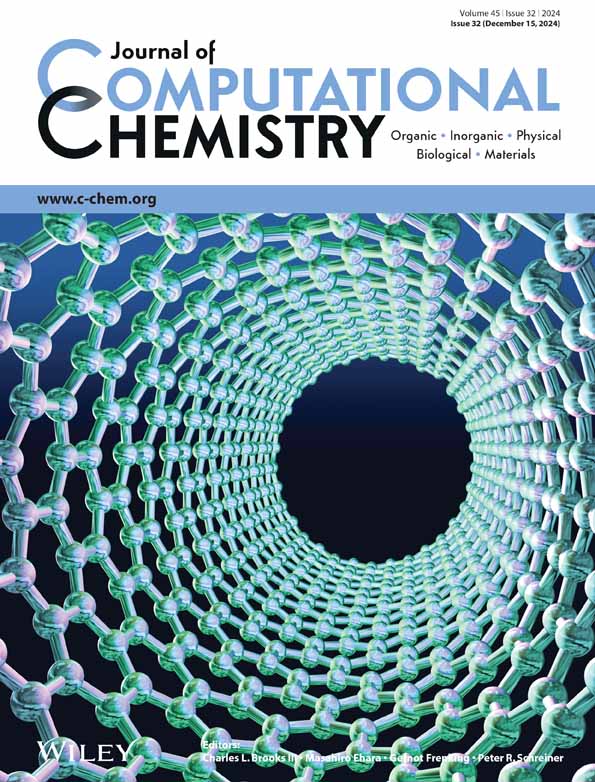How accurate can Kohn-Sham density functional be for both main-group and transition metal reactions
Abstract
Achieving chemical accuracy in describing reactions involving both main-group elements and transition metals poses a substantial challenge for density functional approximations (DFAs), primarily due to the significantly different behaviors for electrons moving in the s,p-orbitals or in the d,f-orbitals. MOR41, a representative dataset of transition metal chemistry, has highlighted the PWPB95-D3(BJ) functional, a B2PLYP-type doubly hybrid (bDH) approximation equipped with an empirical dispersion correction, as the leading functional thus far (Dohm et al., J Chem Theory Comput 2018;14: 2596–2608). However, this functional is not among the top bDH methods for main-group chemistry (Goerigk et al., Phys Chem Chem Phys. 2017;19: 32184). Conversely, bDH methods such as DSD-BLYP-D3, proficient in main-group chemistry, often falter for transition metal chemistry. Herein, taking advantage of the home-made Rust-based Electronic-Structure Toolkits, we examine a suite of XYG3-type doubly hybrid (xDH) methods. We confirm that the trade-off in descriptive accuracy between main-group and transition metal systems persists within the realm of perturbation theory (PT2)-based xDH methods. Notably, however, our study ushers in a pivotal advance with the recently proposed renormalized xDH method, R-xDH7-SCC15. This method not only distinguishes itself among the elite methods for main-group chemistry, but also achieves an unprecedented accuracy for the MOR41 dataset, outperforming all other reported DFAs. The efficacy of R-xDH7-SCC15 stems from the successful integration of a renormalized PT2 correlation model (rPT2) and a machine-learning strong-correlation correction (SCC15), marking a significant step forward in the realm of computational chemistry.
Open Research
DATA AVAILABILITY STATEMENT
Data sharing is not applicable to this article as no new data were created or analyzed in this study.




